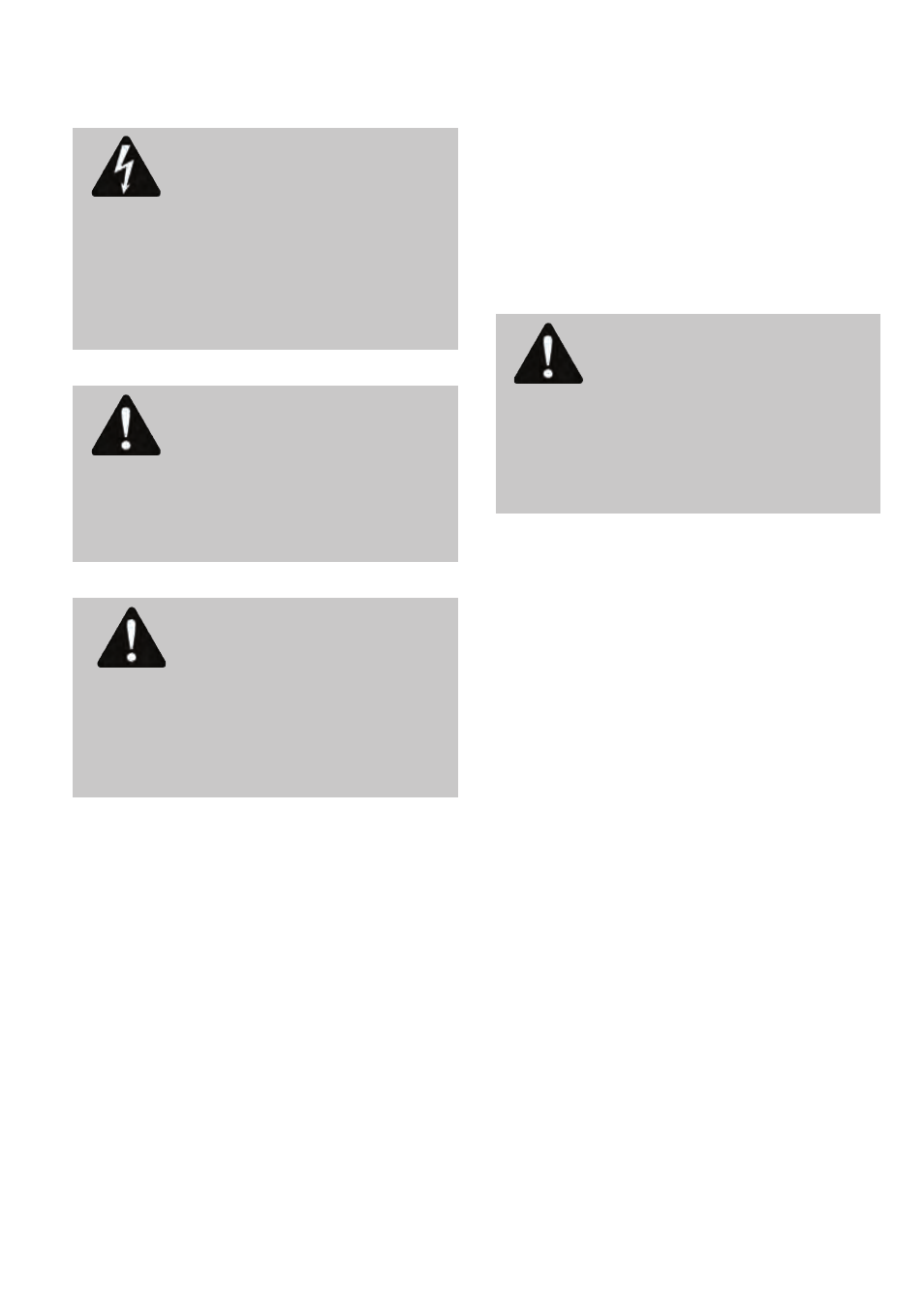Front suspension elements – HP Velotechnik trikes User Manual
Page 82

Front suspension elements
78
Danger! While adjusting the
front suspension, never load the tricycle,
e.g. by resting on the seat or loading the
racks when your hands or tools are close
to the suspension struts. Your hands may
be bruised when the suspension com-
presses.
Caution! Use aging-resistant,
lithium soap based grease to lubricate.
Never use grease containing solid lubri-
cants such as molybdenum disulfide or zinc
sulphide.
Caution! Never clean your tri-
cycle and especially parts of the suspension
with a pressure washer or steam cleaner.
These devices remove lubricant and trans-
port dirt into the bearings which causes
higher wear.
To clean the suspension strut occasionally,
clean the shock boot and slide it down com-
pletely. Clean the stanchion tube thoroughly
with a soft, dry cloth. Apply a thin layer of
grease or suitable oil. Finally, slide back the
shock boot to its original position.
To maintain the suspension strut according to
the service plan or to exchange the elastomer
bands for damping adjustment, it has to be
removed and disassembled. Therefore, fit the
tricycle to a work stand in a way that provides
easy access to the respective front wheel.
Remove the front wheel. Remove the brake
caliper according to the manufacturer's man-
ual. Unfasten the fender (see page 82). De-
mount the stabilizer bar as described above.
Unscrew the outer rod end of the track rod
from the suspension strut. The lower collar of
the rubber cap must be slid upwards to access
the self-locking M6 nut.
Unscrew the hex bolt M6x40 A at the strut's
lower end, which connects the strut with the
wishbone.
Caution! Always secure the
wishbones or track rods by tying them to
the frame (e.g. using zip ties) to make sure
they won't move until their stop. This
would damage the spherical plain bearings
and rod ends.
Now remove the end cap B at the suspension
strut's upper end. Unscrew and remove the
clamp C as well as the spacer D, F, cap E and
spacer F below. Pivot the strut in a way that it
may pass the wishbone and push it down-
wards to slide it out of the elastomer bearing
G. In case the strut won't pass the wishbone,
you have to dismount the wishbone's rear
pivot point.
